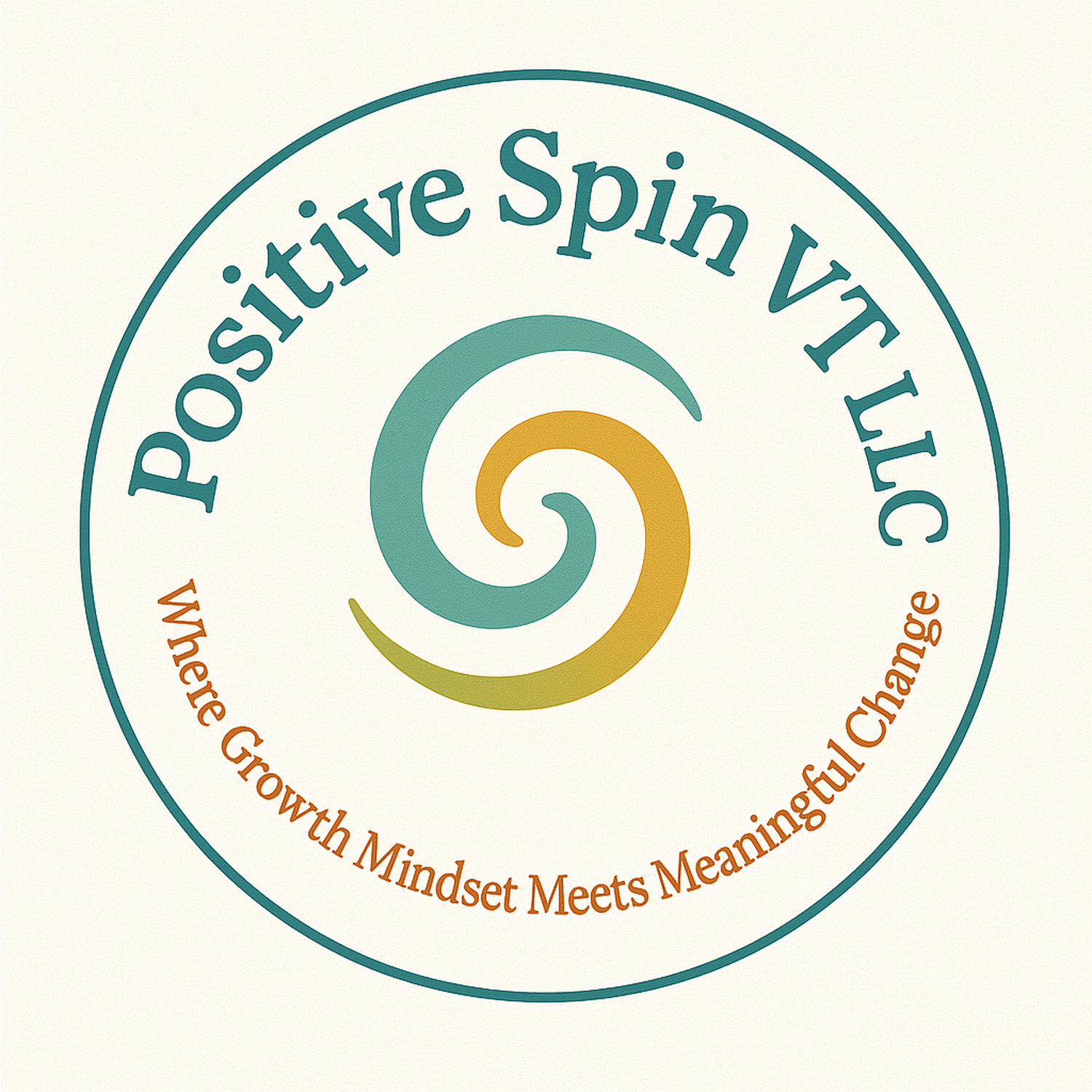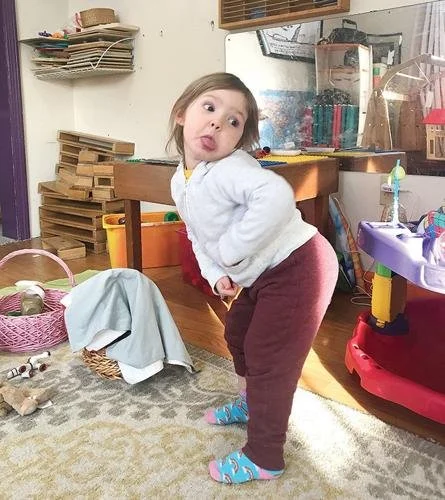The “Threenager” Year: Why Three Can Feel Harder Than Two
Originally published in The Other Paper in March 2019, edited and republished 11/10/2025
Three-year-olds are developing language and independence, but need boundaries.
For years, two-year-olds have gotten a bad rap as the “terrible twos.” But if you’re a parent or caregiver, here’s a little secret: hold on to your hat, because it’s the three-year-old who might really test your patience.
At two, children are discovering language and the world around them. Everything is new, exciting, and full of wonder. Hearing them say new words or mimic sounds makes us laugh and cheer them on.
So what changes between two and three? The answer lies in brain development. Between birth and age three, a child’s brain reaches about 80 percent of its adult size. By three, children have figured out a lot, they can ask “why,” build conversations, and assert strong opinions. Their growing independence and confidence are remarkable…and occasionally maddening.
When a two-year-old blows raspberries and spits, it’s adorable. When they’re still spitting at three for no reason, it’s suddenly not cute anymore. The behavior hasn’t changed, our expectations have.
Three-year-olds are master imitators, quick to copy both the positive and not-so-positive things they see. They can also be surprisingly persuasive, hands on hips, explaining why cleaning up toys simply isn’t fair.
So how do we survive the “threenager” phase? With boundaries, consistency, and a sense of humor. Acknowledge their emotions, talk through frustrations, and follow through on limits.
Children thrive when they feel safe and know what to expect. They’ll test those boundaries—especially with the people they trust most. That’s how they learn the world is steady and dependable.
And if you’re lucky enough to skip the “threenager” stage—don’t relax just yet. The “ferocious fours” and “feisty fives” are waiting for their turn!

